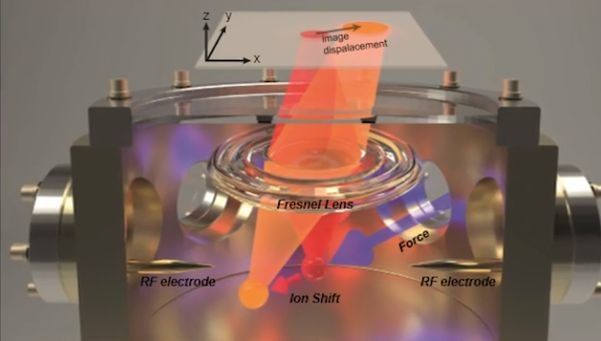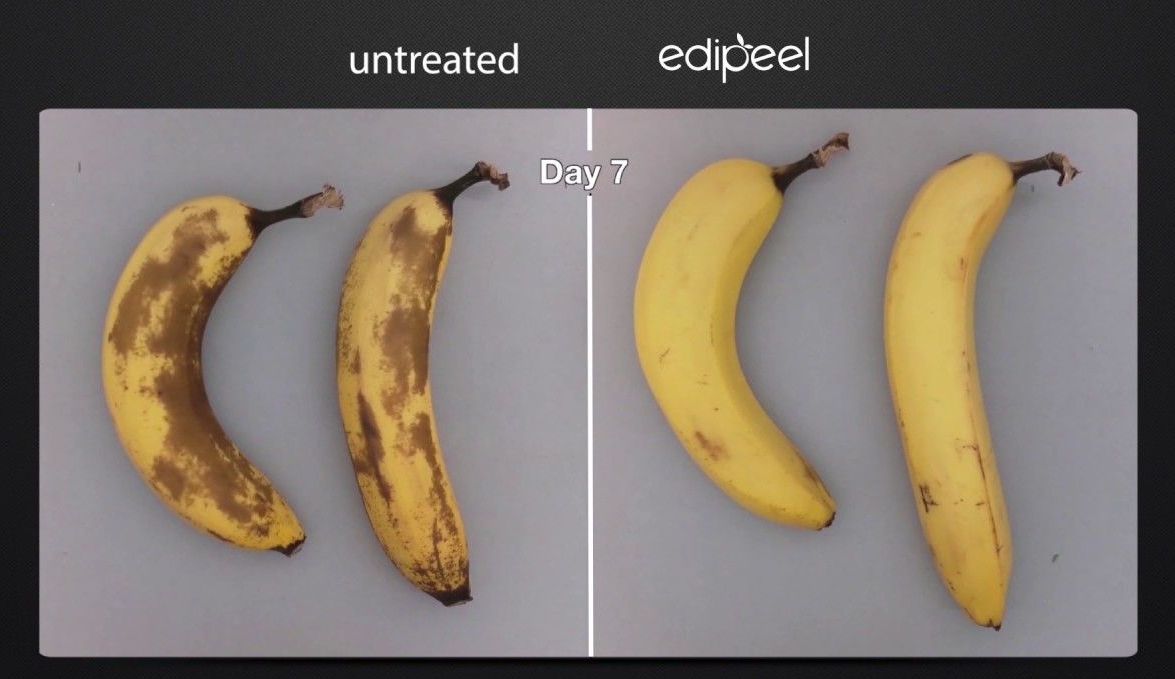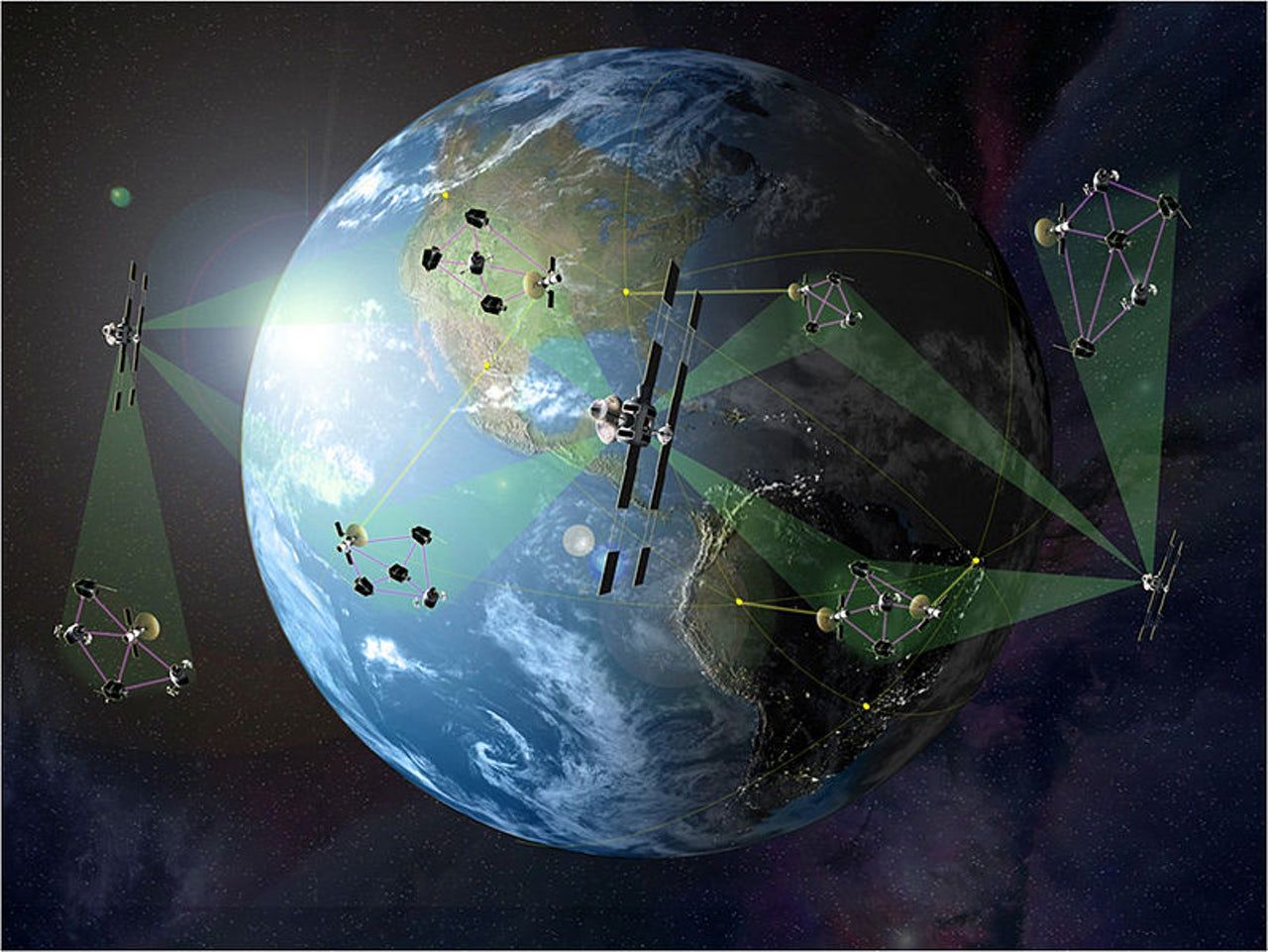Researchers at Griffith University working with Australia’s Commonwealth Scientific and Industrial Research Organisation (CSIRO) have unveiled a stunningly accurate technique for scientific measurements which uses a single atom as the sensor, with sensitivity down to 100 zeptoNewtons.
Using highly miniaturised segmented-style Fresnel lenses — the same design used in lighthouses for more than a century — which enable exceptionally high-quality images of a single atom, the scientists have been able to detect position displacements with nanometre precision in three dimensions.
“Our atom is missing one electron, so it’s very sensitive to electrical fields. By measuring the displacement, we’ve built a very sensitive tool for measuring electrical forces.” Dr Erik Streed, of the Centre for Quantum Dynamics, explained.









